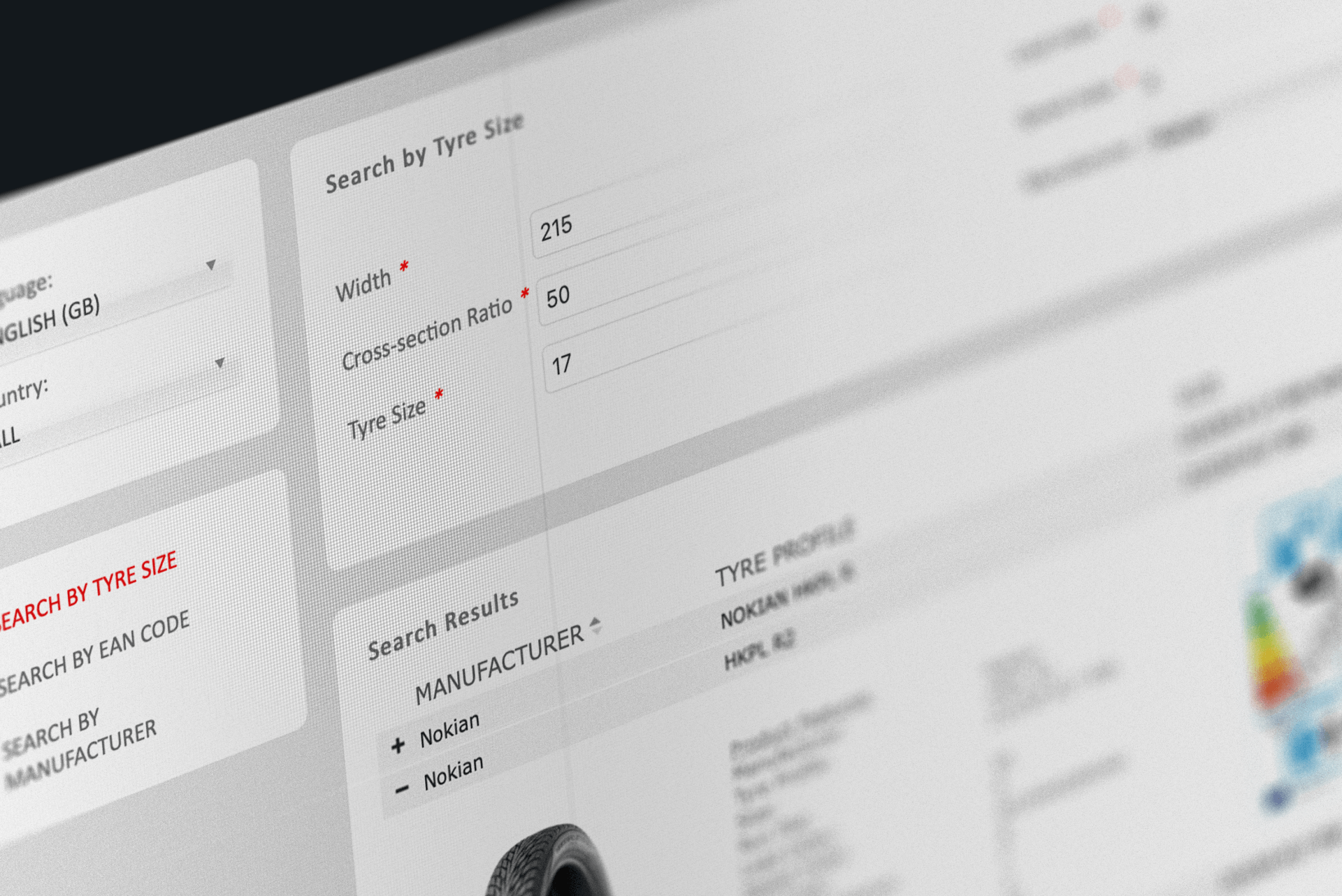Google's Messy Middle - How to avoid losing website visitors and lost order baskets
How can you keep your website visitors interested and encourage them to complete their order?

Google has defined an issue for retailers where valued customers navigate away from sites before making a purchase. They have designated this as the “messy middle”. This is the part of the consumers buying journey where customers explore and evaluate which products they want and which business they want to buy them from.
Recently buying behaviour has changed with more consumers searching online and often choosing to try many different websites before making a purchase. They have a vast world of information to navigate before deciding what to buy but also can ask friends for recommendations, read online product reviews, watch videos or use search engines to find many different possible vendors. So how can you ensure you close the sale?
Google’s advice to brands is to:
· Ensure brand presence
· Employ behavioural science principles
· Close the gap between trigger and purchase.
No doubt your marketing team already covers the first two, but once the visitor is on your site, how do you convince them to buy?
For tyre and wheel retailers, this is where DriveRightData can help.
We can help you close the gap between trigger and purchase by ensuring the consumer can find all the information they need to make a purchase decision. Use of our API's ensure that when your visitor searches for a tyre or wheel for their vehicle, only the tyres and wheels relevant to their vehicle trim level are returned. This is because we link our data at trim level. Many others use chassis level data which then returns more fitment options (some of which are not relevant). Most importantly additional fitments cause confusion for the buyer as they can't be sure which is the correct purchase. The mistrust often causes them to leave the page to find an alternative supplier whose data they can trust more. Also, because our data is recognised for its accuracy and comprehensive nature, we ensure the best customer experience and journey possible, whether in-store or on-line. Doesn’t sound like much? It does to the consumer!
Our data builds confidence and trust, with the consumer easily able select the correct tyre for their exact vehicle. We can also include the OE standard and OE optional fitments. This all links back to Google’s recommendation to ‘close the gap between trigger and purchase’. With our data, the consumers’ journey is simpler, more precise and accurate; so the consumer is less likely to abandon their order basket or return to evaluate another provider.
Don’t just take our word for it, get in touch and arrange a free demo now!
Listen to our customers too:
We moved our data provision to DriveRightData in 2020 as they offer a far richer and more granular level of data than our previous provider. Not only that but DriveRightData have enabled us to expand our services into other European territories. DriveRightData have been able to cope with our peaks in demand, in some cases 50% higher than average, but growing month on month.
We find the DriveRightData team are easy to work with and, importantly, very responsive to any support issues we raise. As a consequence, we can be more confident and can provide better service levels to our own customers. Working with DriveRightData has enabled Silkmoth to provide a far superior service to its clients and helped it to attract and convert more prospective customers whilst playing a part in increasing our revenue.
(Silkmoth - Cloud based software solutions delivering tangible ROI through innovation and integration)
To further increase order basket conversion, you can also add our VRM license plate lookup. This means the visitor only needs to know their licence/registration plate to find their vehicle. It makes it so much easier for the customer to find the correct product and delivers a much better website journey. By linking VRM with our OE fitment data it reduces any confusion, builds trust for the consumer and increases the number of order basket completions.
The “messy middle” is ultimately about empowering the customer for your business to be more successful. And, while the endless circulation of the exploration/evaluation loop might frustrate us as marketers, it often delights consumers. The goal is not to restrict the customer or force them out of an activity, but to provide them with everything they need to feel comfortable making a decision. By incorporating our API VRM lookup and Fitment Data, you can do just that!
Contact us for a free trial now!
















